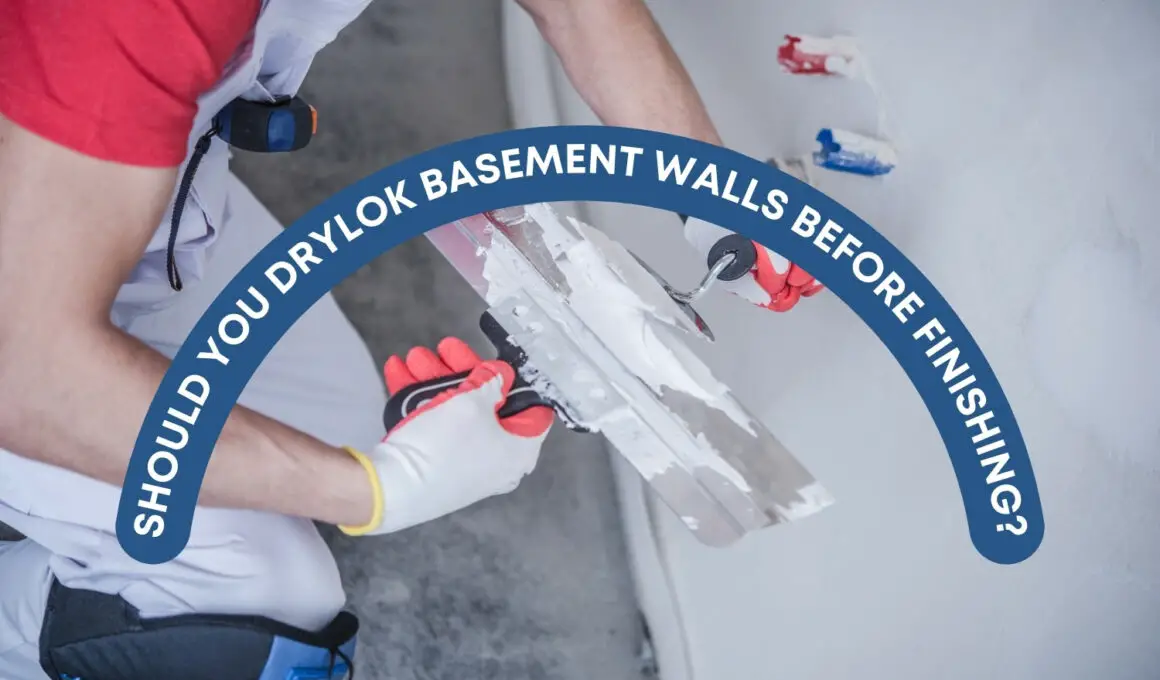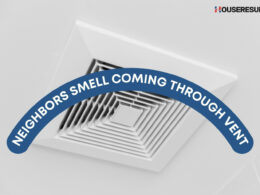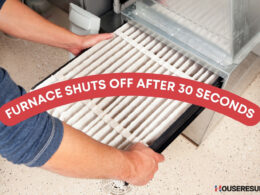Moisture is one thing you do not want coming into your foundation walls and this is why dry locking is recommended. The foundation’s walls of a basement are porous and water can easily seep through them, causing mold, fungi, and all kinds of insects and rodents you do not want to find around your house.
While many settle for ordinary paint, it is not as strong as drylok, which is the most versatile paint for basements, living spaces, retaining walls, fish ponds, and many more.
It is essential that you waterproof your basement walls and using ordinary paint won’t exactly provide the strength it needs, also it simply adheres to the surface and can be easily forced off if there is incoming water pressure.
Is it okay to drylok basement walls before finishing? Yes, you should drylok basement walls before finishing, and this is because the basement walls are usually porous, which means water can easily seep in. Moisture can come in through the block concrete and stone causing lots of problems hence why dryloking is necessary to keep the basement clean and dry.
Waterproofing basement walls with drylok paint before finishing might seem effortless enough but many claims to find it confusing and thus have questions concerning it. This article discusses what Drylok is, how it is applied, and if basement walls should be Dryloked before finishing.
What Is Drylok And How to Apply it?
Drylok is a low-odor waterproofing paint formulated for use when erecting a building, especially for basement floors and walls, it is used to prevent water from coming into the foundation walls. There are different types of drylok, but their primary goal is to prevent water from coming in to mess with the foundation, but with a good quality latex coat, it works as an ideal base coat.
Just like any paint job, drylok requires two coats, but it should not be used over oil or latex-based paint.
Unlike ordinary paint, the drying time of drylok is based on humidity and temperature, but it is expected to dry in at least 4 hours. Many popular methods can be used to apply a waterproofing coating to a basement wall however, the dry lock is considered the undisputed leader in preventing water seepage into your basement.
There is not even a fair comparison between a dry lock and ordinary paint and this is because both do entirely different jobs. Dry lock disadvantages include product flaking when water forced its way through the cement which is similar to paint cracking and flaking. Here are the rules for applying drylok to basement walls.
- First, prepare the work surface and area
- Stir the drylok very well and do not thin
- Pour some paint into a metal tray and start at the top of each wall
- You should apply the drylok across 3 feet of the wall then work it downward
- You will need to use a stiff nylon brush when applying the first coat of drylok
- Allow two to three hours to dry before applying the second coat
- You should also brush the walls making sure to scrape off any loose mortar or paint.
Should You Drylok Basement Walls Before Finishing?
Simply slapping paint on your basement walls might seem easy enough but dryloking basement walls do seem more professional. Moisture can easily come through the concrete, stone, or block, and it can cause a lot of problems under the house so drylok is an integral part of the basement walls doing this before finishing any imperfections can be patched before continuing.
Basements tend to take on water and the sooner a wet basement wall is fixed, the better. It is better to have the basement walls waterproof during construction, although the house can settle over time and create cracks in the basement walls.
But it is still imperative to waterproof the walls and just ensure it is done properly.
For best results, you should apply the dry lock, a minimum of two coats is required, this will assure proper waterproofing. Other precautions have to be taken in place as well to address the issue causing water leaks. Also, you should always wear protection when prepping or applying drylok to your basement walls.
Tips On Waterproofing Basement Walls
Wet basement walls are something you do not want if you want to protect the integrity of your home, it can lead to peeing in paints, mold and mildew growth, damage to stored items, an infestation of rodents, and rotted wood.
Builders ensure the basement walls are waterproofed however the force of the water can wear them down with time. Luckily, there are ways you can make your basement walls better again.
- First, determine the water source, but to do that, or before you begin any waterproofing job, you do have to remove all standing water and verify that the area is completely dry.
- Analyze the damage and decide on the best method of fixing it.
- Remove any old coat or paint to have a clean place to work with.
- Address window leaks with caulk as they are a common source of moisture in basement walls
- Fill cracks with proper cement.
- Apply a masonry waterproofing product to bare interior basement walls. High-quality waterproof paint needs to be used to seal the walls. Drylok Extreme Masonry Waterproofer is perfect.
- Also, don’t forget to add interior drainage solutions, this is located outside the basement walls and might be needed to keep the basement walls dry.
- Lastly, talk to a waterproofing professional.
Drylok is surely an effective wet wall bonding primer and is also considered to be a great waterproof sealer so it’s more than just paint.
Moisture seeping into the basement is a common issue in many households and a chance to seal the moisture out when erecting the building is one that is vital.
Most homeowners know that a leaky basement can lead to a serious problem so the long-term solution to preventing that is to waterproof it. In addition, you should consider a high-quality dehumidifier in your basement, it will help remove excess basement humidity.













